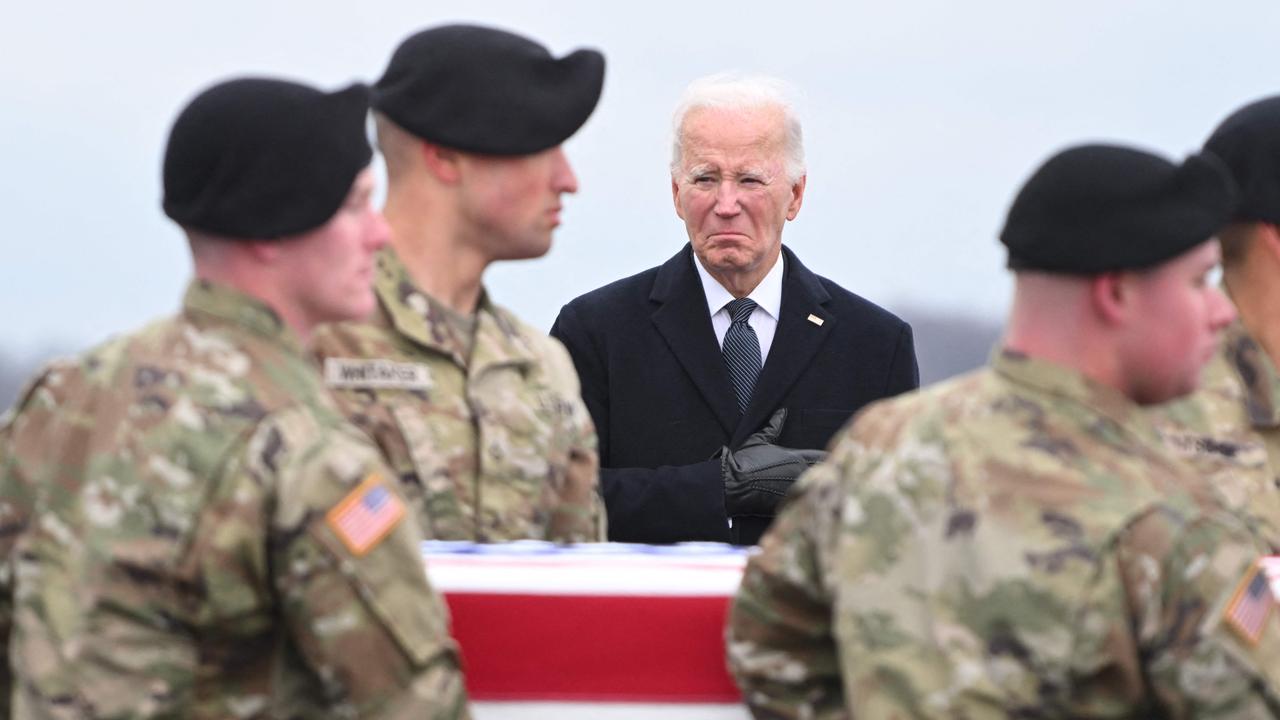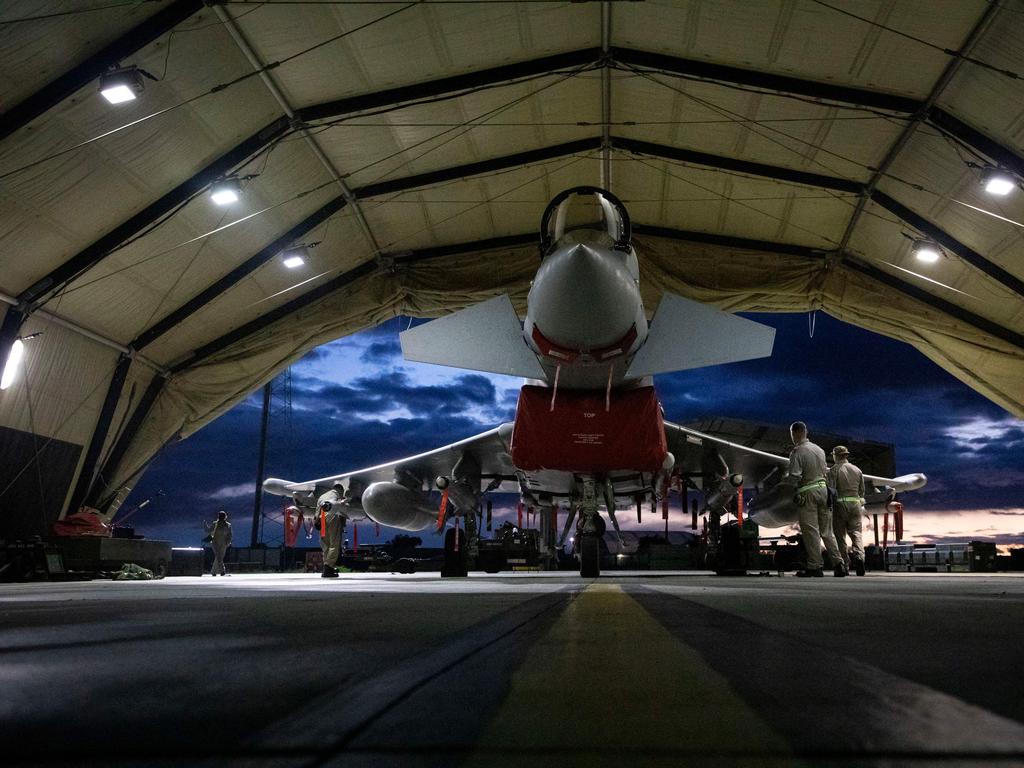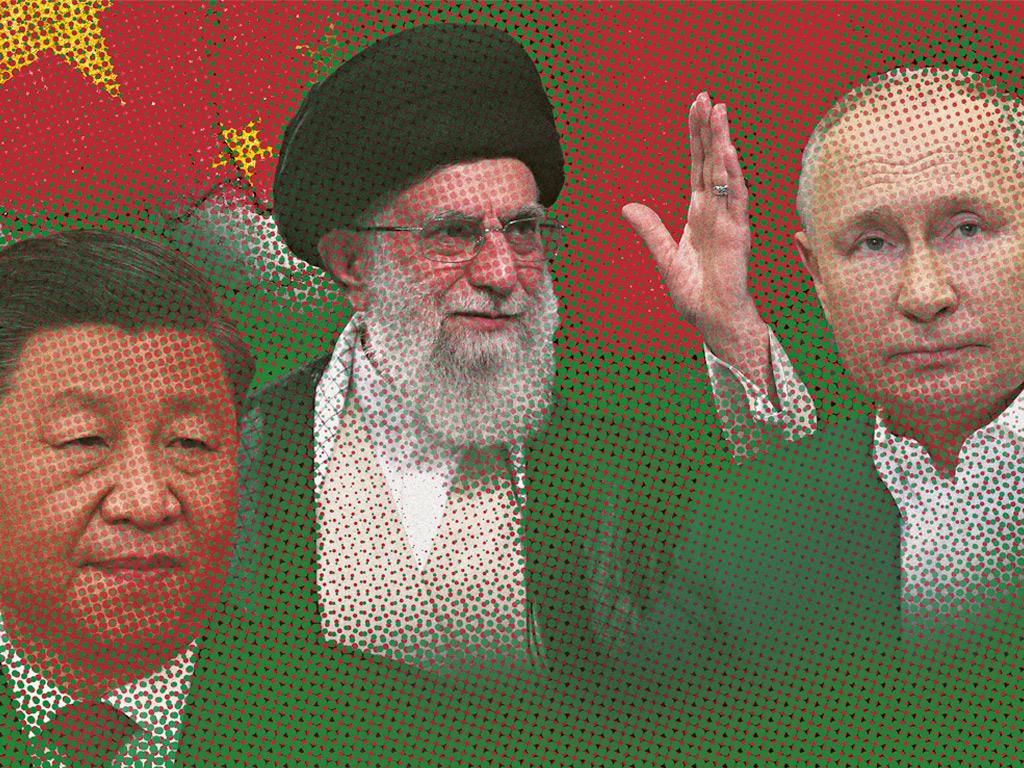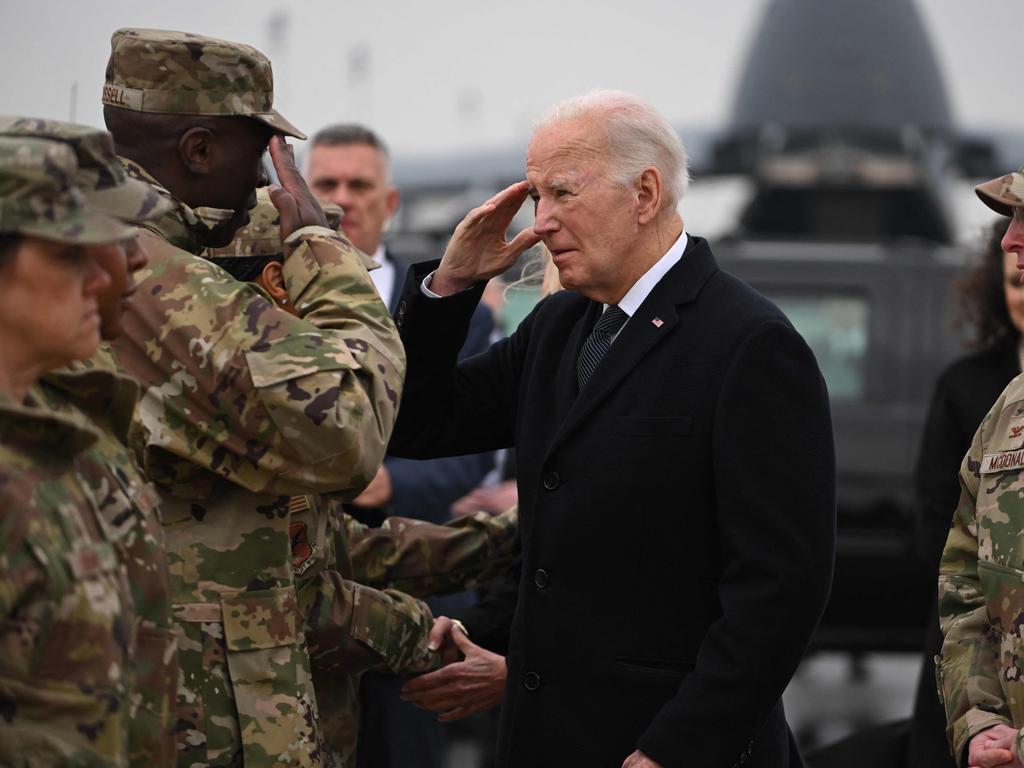Retaliation, deterrence a balancing act for US

Eighty-five targets were engaged in seven locations, which represents a quantitatively different military response to what has come before. A full spectrum of responses has been promised in the future, at times and places of Washington’s choosing.
As with the Houthi attacks against shipping in the Red Sea and Gulf of Aden, Washington was left with little choice other than a military response to deter future attacks. But it has to do so without risking a broader regional conflict, which means kinetic attacks on Iranian territory were always unlikely except as a last resort. Reports also indicated some Iranian Revolutionary Guard Corps personnel were also removed from Syria and Iraq in advance of the strikes.
To some who demand a strong response that inflicts a direct toll on Iran and Iranian interests, the Biden administration’s response has been telegraphed, insufficient and too late. But, given the multitude of actors in the region, Washington first had to establish responsibility for the attack on its base in Jordan, assemble its forces for a sustained, multidimensional response and then select targets appropriate to the attack that was undertaken.
It would have been apparent to Tehran as soon as US troops were killed that a heavy response would ensue, and so it would have sought to remove its senior personnel from exposed areas as expeditiously as possible.

The Israelis have already been exacting a toll on IRGC personnel through recent airstrikes in Syria and Iraq, so there has been an attritional air campaign being waged against Tehran even if it hasn’t been US aircraft delivering the ordnance.
As long as the Gaza campaign continues there will be attacks against shipping in the Red Sea and against US military personnel elsewhere in the region. In this respect, there are achievable, intermediate operational goals until a lasting ceasefire is achieved – deter those attacks and minimise their effectiveness where deterrence can’t be achieved.
In the case of the Houthis, for instance, the rate of success of their various drones, anti-ship ballistic and cruise missiles has been minimal, and most have been interdicted, failed to hit their target or caused minimal damage. The cost to the Houthis has been significant in terms of their anti-shipping offensive capability given the number of missiles, launchers and supporting infrastructure targeted to date. Not enough to deter them from continuing to fire in the hope of hitting something, but enough to minimise the threat they pose and to significantly degrade a finite military capability at little other than financial cost to Washington and London.
The effectiveness of Washington’s current response to the deadly attack on its base in Jordan should be evaluated at the end of the operation and not after the first round of airstrikes.
We may not be privy to all the non-kinetic responses Washington undertakes and what relative deterrence effect they achieved, but the measure of effectiveness will be quickly apparent. Both Tehran and its Iraqi Shia allies, and the Assad regime in Syria, are keen to see the departure of US troops from their countries to improve their freedom of action but Washington is, for the foreseeable future at least, keen to keep troops in Iraq and Syria.
From this perspective Washington’s response to the attacks also serves a purpose that extends beyond the Gaza campaign.

If the US isn’t sufficiently robust after this provocation then it can expect similar provocations even after a ceasefire is achieved in Gaza. It is a difficult response to get right and a delicate balancing act. It is pretty easy to know what too heavy a response looks like, but harder to tell what a sufficient response is. If the aim is to respond and deter without becoming decisively engaged in a new conflict in the Middle East then it is far easier to ramp up military responses in terms of quantity, frequency or quality to achieve different outcomes – it is much harder to bring back such responses if they are overweight to begin with.
Israel’s response to the deadly October 7 terrorist attack has caused Washington to re-engage militarily in the Middle East just as many in Washington were seeking to focus on challenges in the Indo-Pacific.
Given that Israel had to respond militarily to the attack, and Washington, for a range of reasons, has had to embrace Israel and support a government it cannot abide, attacks by pro-Iranian groups were always going to occur. While the Netanyahu government has undoubtedly made a wickedly difficult political and security problem worse, there is little Washington could have done to avoid the situation it now sees itself in.
For all the deft diplomatic activity being undertaken by Washington and others in the region, at times deterrence requires a sustained military response. It remains to be seen how sustained the US response will be and how deterred its opponents will feel.
Dr Rodger Shanahan is a Middle East analyst and former army officer.






Washington has commenced what it says will be an ongoing campaign of attacks against pro-Iranian militia targets in Syria and Iraq in retaliation for an attack that killed three US service personnel in Jordan just over a week ago.